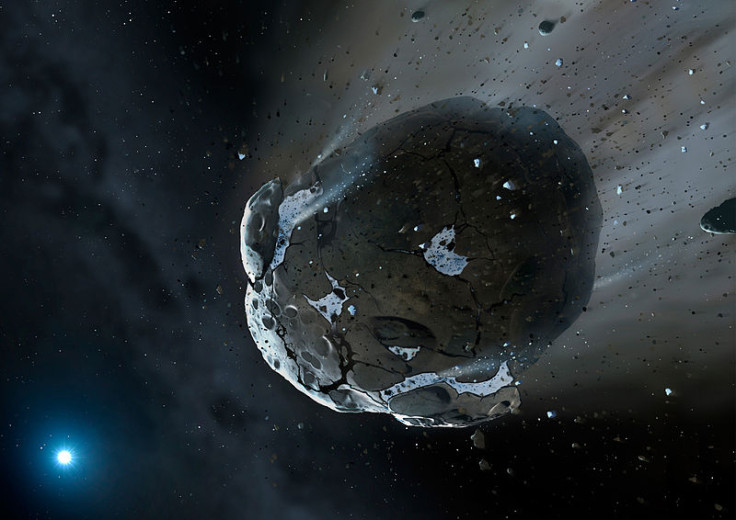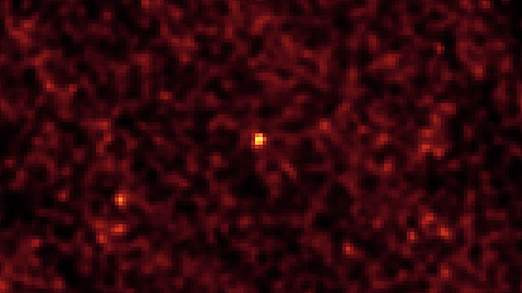Nasa: Astronomers Select Prime Target Asteroids to Capture for Human Path to Mars

Nasa officials have announced they have identified several targets for their mission to lasso an asteroid and place it in orbit around the moon.
As part of a plan for a manned mission to Mars, the US space agency is on the hunt for an asteroid to capture with a robotic spacecraft, redirect to a stable orbit around the moon and send astronauts to study in the 2020s.
Nasa will capture the object with a robotic spacecraft, redirect to a stable orbit around the moon, and send astronauts to study in the 2020s - as part of the agency's Human Path to Mars.
One team has already begun searching for potential asteroids, include one measuring just six metres long that passed within 7,600 miles of Earth as it flew past in 2011.
Known as 2011 MD, the asteroid was originally thought to be space junk during its approach.
"With these system concept studies, we are taking the next steps to develop capabilities needed to send humans deeper into space than ever before, and ultimately to Mars, while testing new techniques to protect Earth from asteroids," said William Gerstenmaier, associate administrator for Nasa's Human Exploration and Operations Mission.

Nasa plans to launch the Asteroid Redirect Mission (ARM) robotic spacecraft in 2019 and will make a final choice of the asteroid for the mission about a year before the spacecraft launches.
Two concepts have been planned for the mission: the first is to fully capture a very small asteroid in open space, and the second is to collect a boulder-sized sample off of a much larger asteroid.
Both concepts would require redirecting an asteroid less than 32 feet in size into the moon's orbit.
John Grunsfeld, an associate administrator, told Sky News: "Observing these elusive remnants that may date from the formation of our solar system as they come close to Earth is expanding our understanding of our world and the space it resides in.
"Closer studies of these objects challenge our capabilities for future exploration and will help us test ways to protect our planet from impact."
Speaking to NBC News, Lindley Johnson, of Nasa's Near Earth Objects Programme, explained that the US agency is making progress in protecting Earth from potentially dangerous asteroids.
"Unfortunately, what you see in Hollywood is not always reality," said Johnson. "But the capabilities that we're looking at for demonstration by the robotic spacecraft are adding to our knowledge and techniques of what might be done for an asteroid that's on a hazardous trajectory."
© Copyright IBTimes 2025. All rights reserved.






















